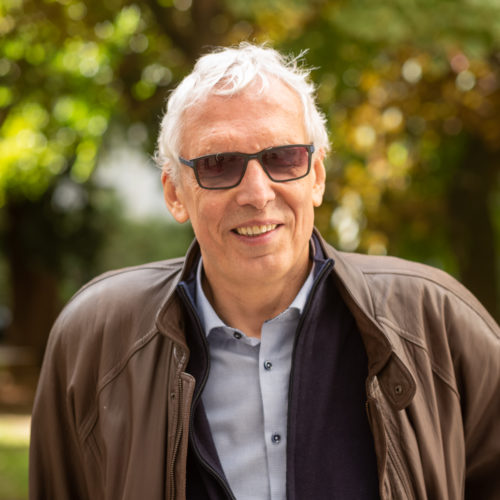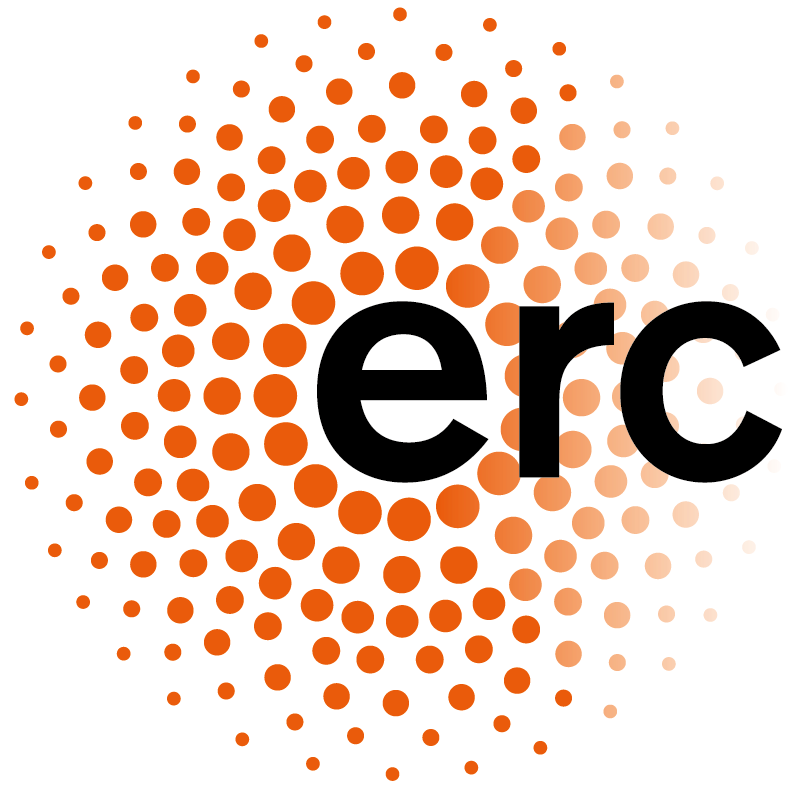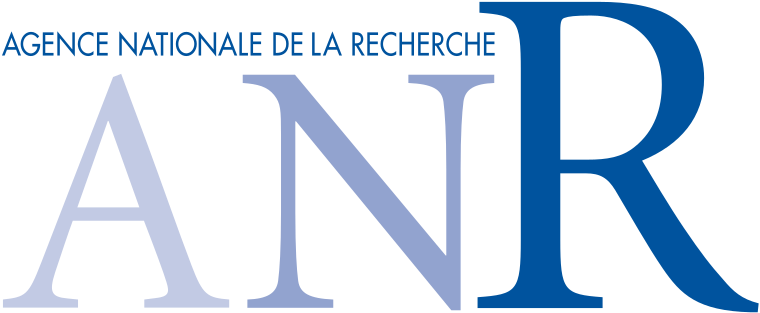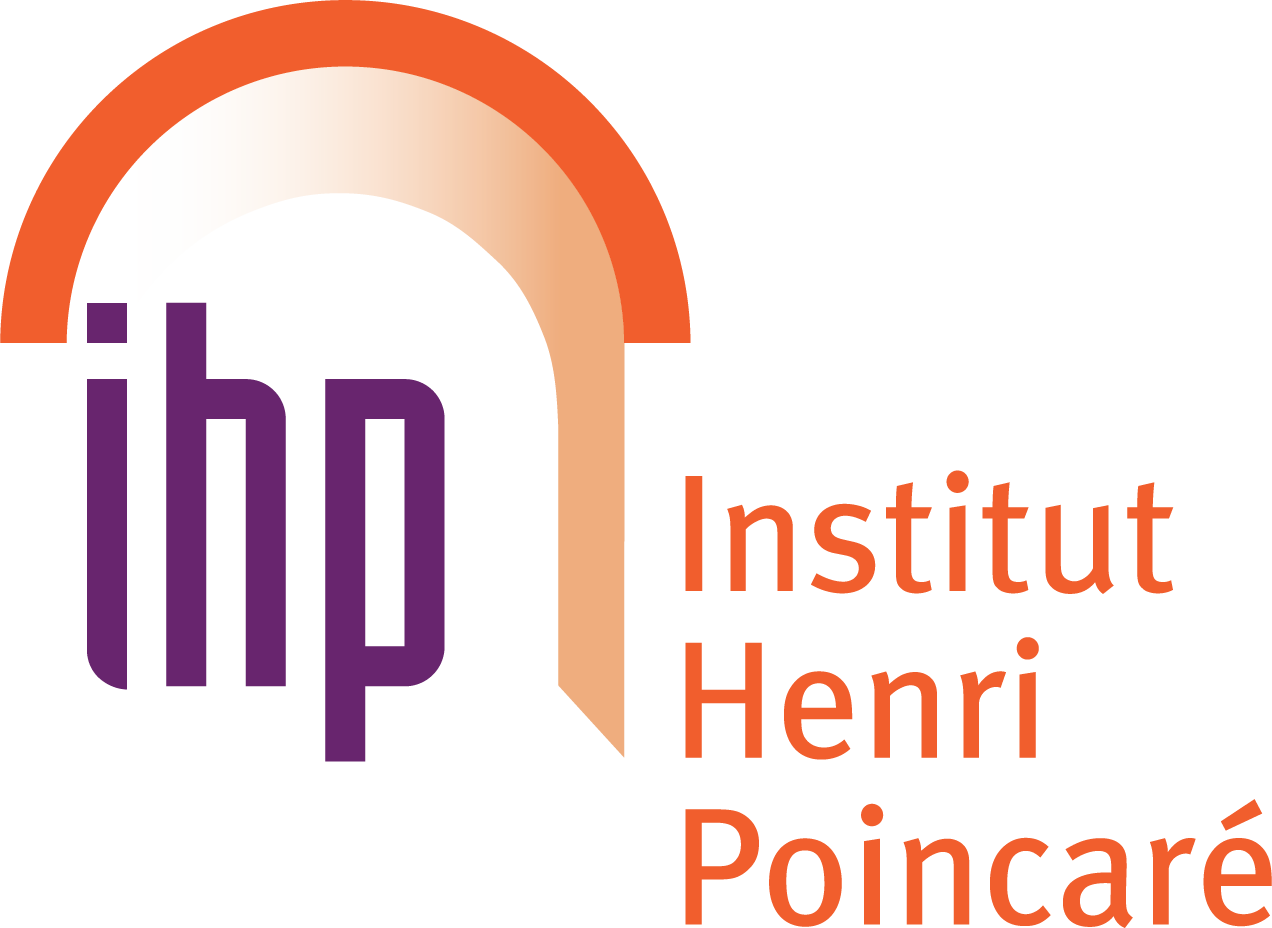Convexity in contact and symplectic topology
→
Europe/Paris
Amphithéâtre Hermite (Institut Henri Poincaré)
Amphithéâtre Hermite
Institut Henri Poincaré
11 rue Pierre et Marie Curie
75005 Paris
Description

Picture © by Steve Murez 2022
This event, initially scheduled in 2021, will celebrate the 60th birthday of Emmanuel Giroux. It will happen in Institut Henri Poincaré in Paris, there is ordinary practical information on the IHP website and Covid related information on the relevant ministry website.
Talks will be lived streamed here.
Speakers
- Mohammed Abouzaid (Columbia University)
- Daniel Alvarez-Gavela (MIT)
- Mélanie Bertelson (Université Libre de Bruxelles)
- Paul Biran (ETH Zürich)
- Yasha Eliashberg (Stanford University)
- Paolo Ghiggini (Nantes Université)
- Ko Honda (University of California, Los Angeles)
- Ailsa Keating (University of Cambridge)
- Oleg Lazarev (University of Massachusetts Boston)
- Noémie Legout (Uppsala University)
- Jean-Paul Mohsen (Aix-Marseille Université)
- Yu Pan (Tianjin University)
- Ana Rechtman (Université de Strasbourg)
- Kyler Siegel (University of Southern California)
- Ivan Smith (University of Cambridge)
- András Stipsicz (Rényi Institute of Mathematics)
- Anne Vaugon (Université Paris-Saclay)
- Morgan Weiler (Cornell university)
Organizers
- Vincent Colin
- Sylvain Courte
- Hélène Eynard-Bontemps
- Patrick Massot
- Sobhan Seyfaddini



Contact
Participants
